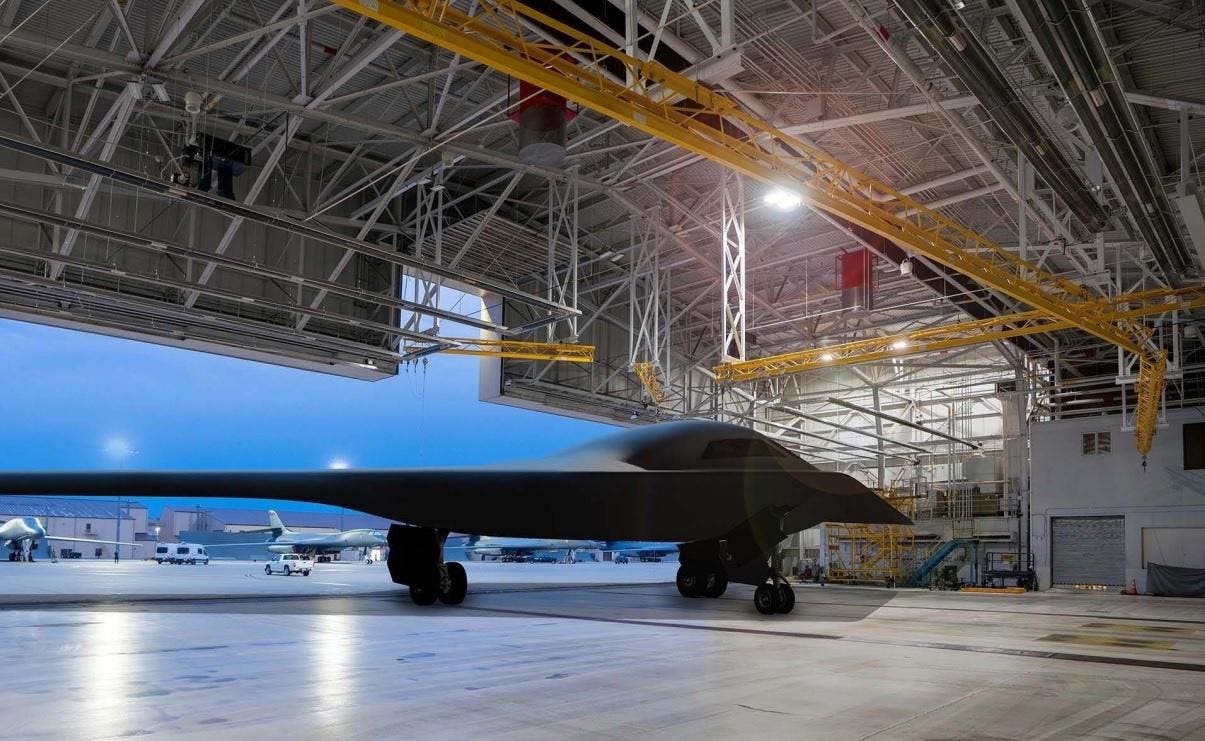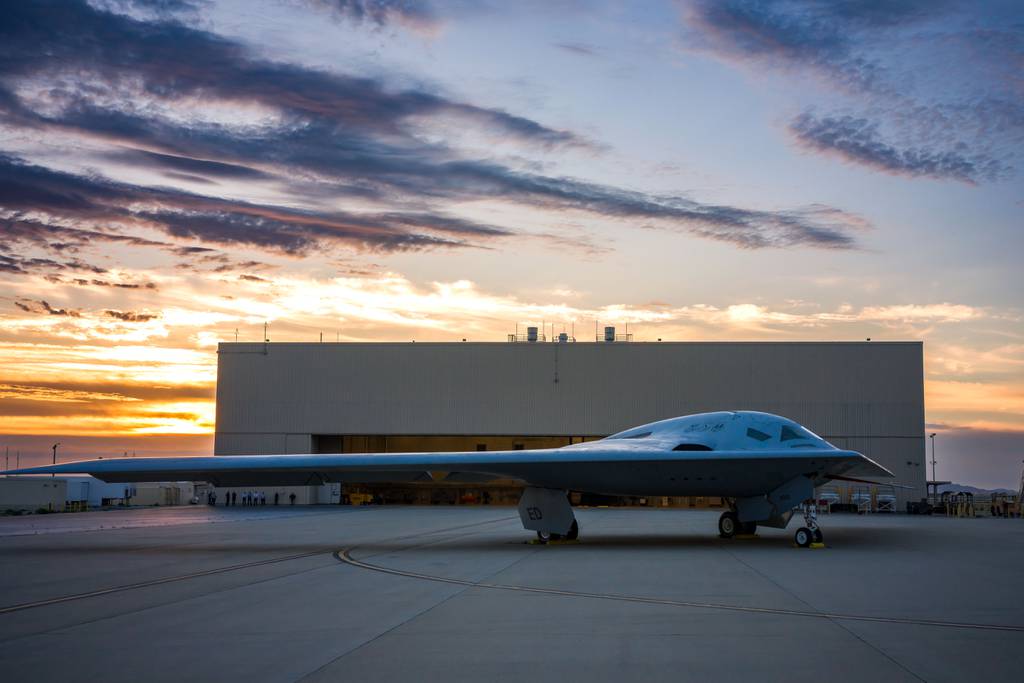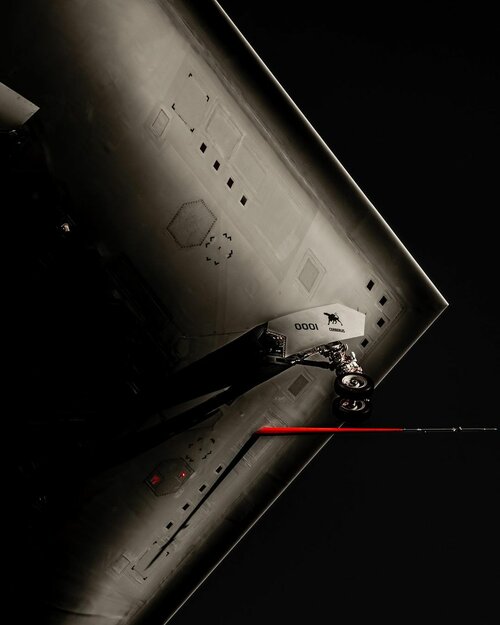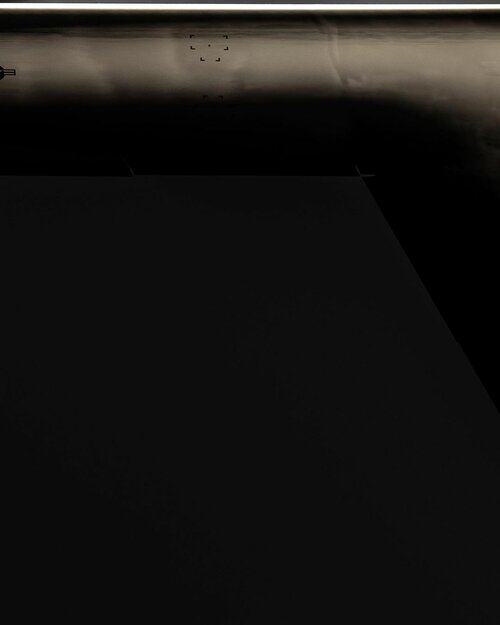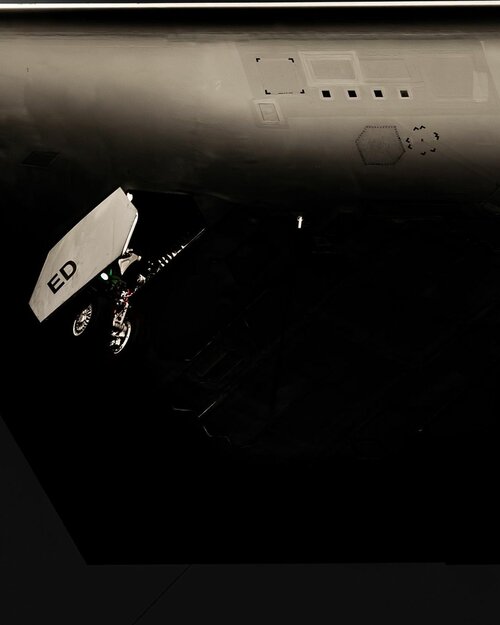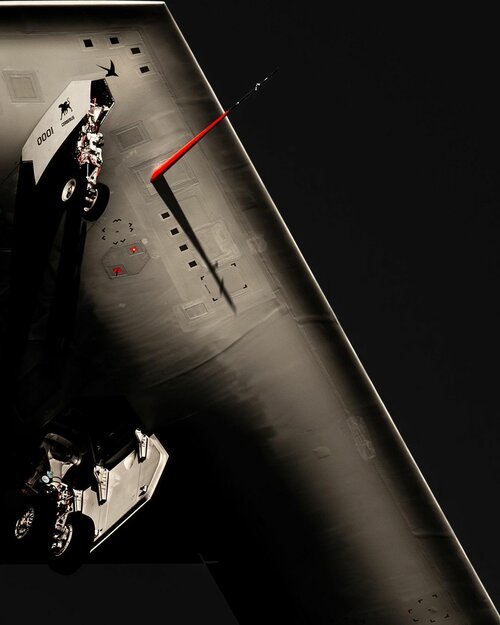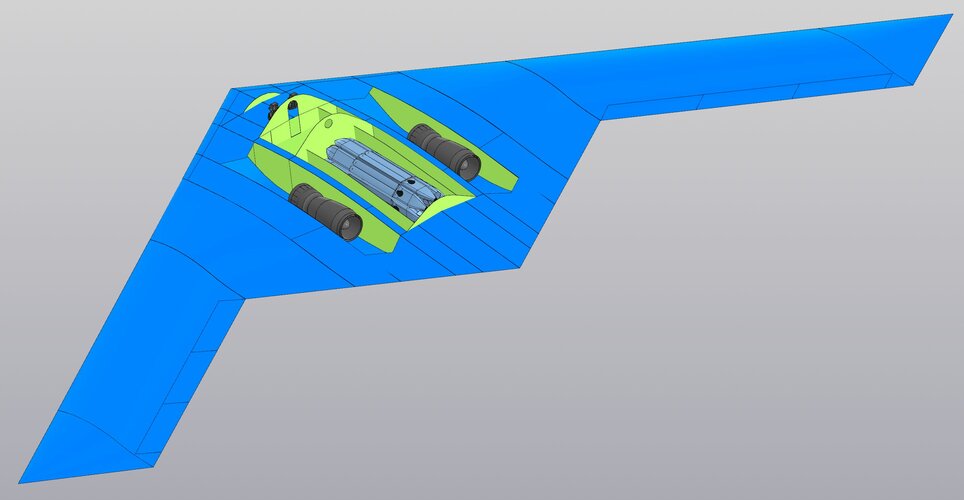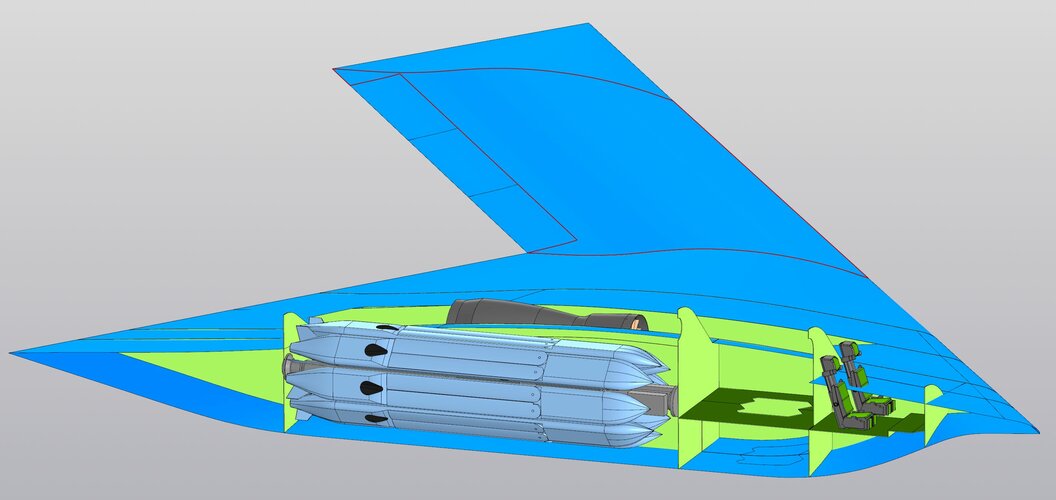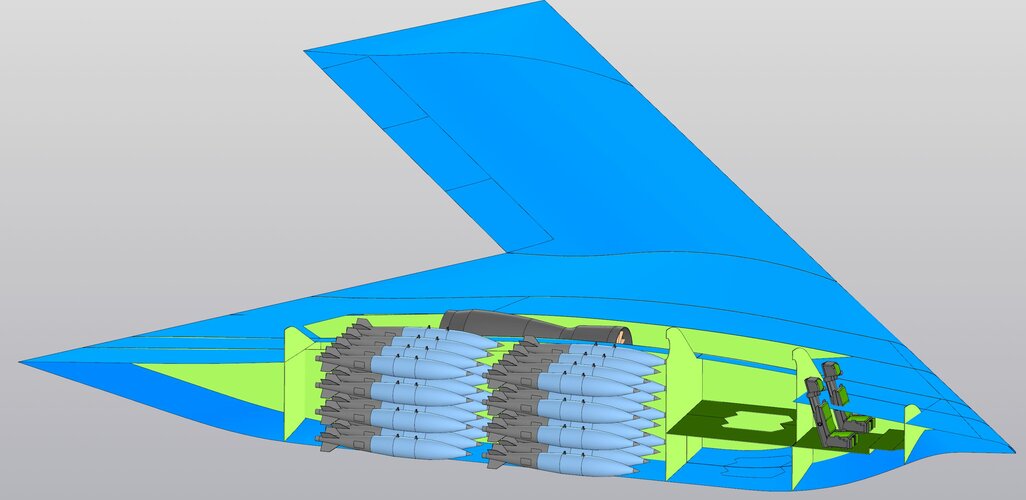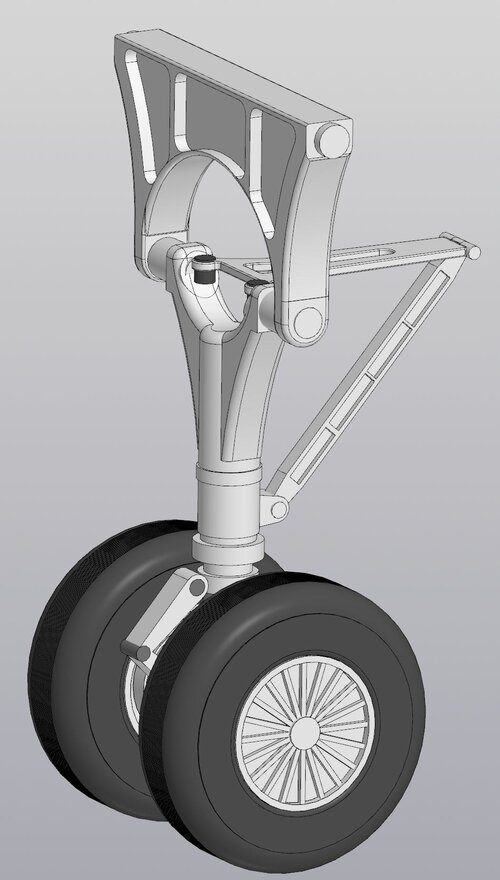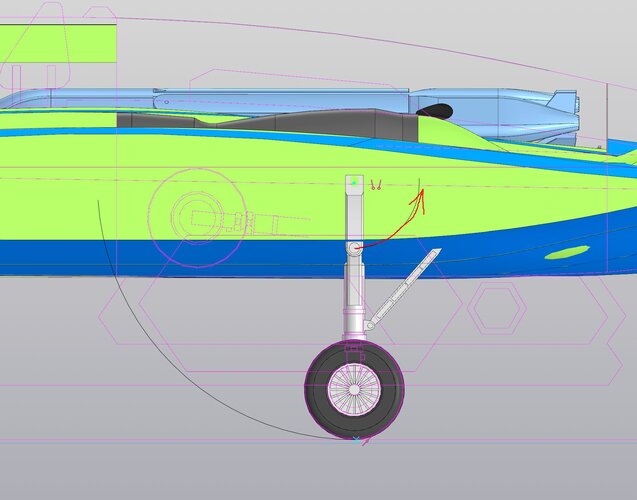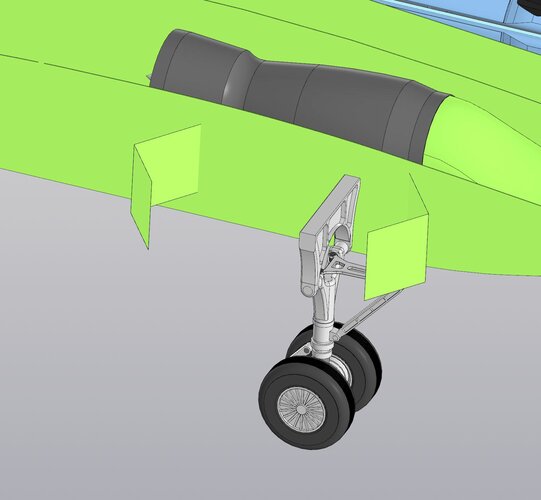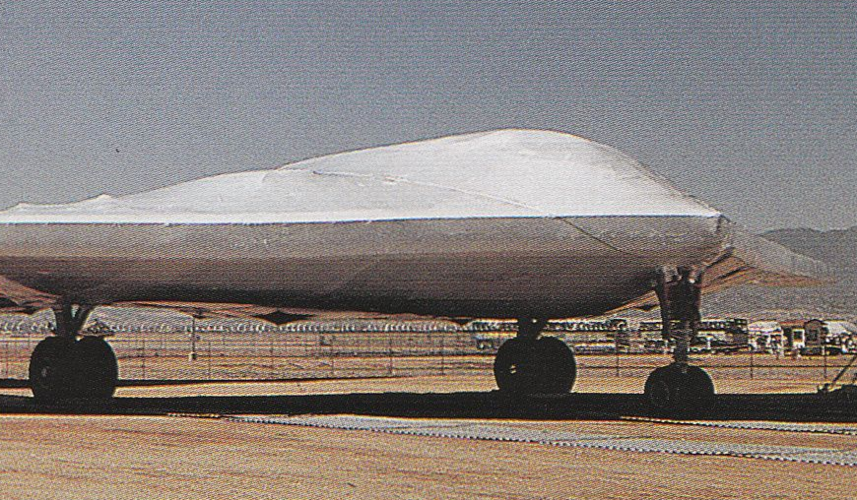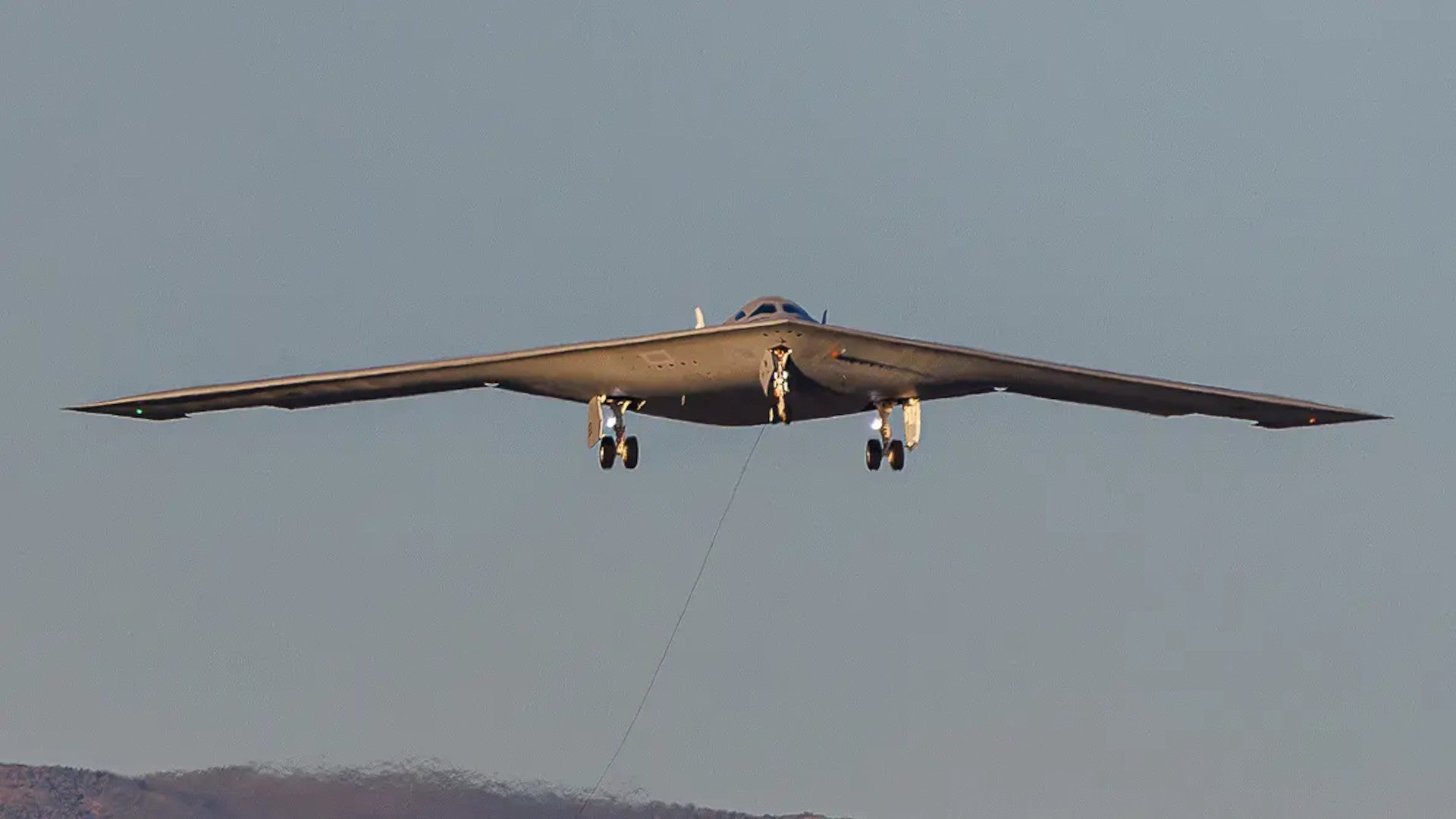- Joined
- 1 April 2006
- Messages
- 10,730
- Reaction score
- 6,760
What insect?

B-2 BOMBER LOOKS NO BIGGER THAN BUG ON RADAR, A.F. SAYS
The B-2 Stealth bomber is 69 feet long, 17 feet high and has a wingspan of 172 feet, but on a Soviet radar monitor the aircraft would appear to be an object no bigger than an insect. The Air Force on Wednesday revealed the bomber's radar cross section as it continued its campaign to bolster...
The question is what happens with your RCS when Missouri insects of all sizes begin to smash on your leading edge and windshield on takeoff.

